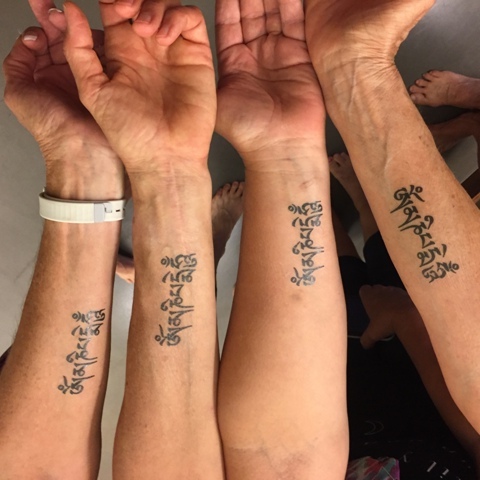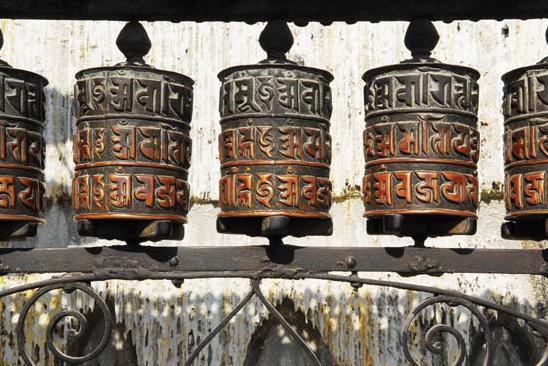The song I have been playing in class is the Sri Argala Stotram by Krishna Das.
Without knowing the meaning of the word stotram, I think it is obvious that the song is a hymn of devotion. The melody just exudes that sentiment. Nevertheless, I looked up the word stotram on Wikipedia, and here is what it says: Stotra or Stotram is a Sanskrit word, that means "ode, eulogy or a hymn of praise". It is a literary genre of Indian texts designed to be melodically sung, in contrast to shastras which are composed to be recited.
This stotra is to the goddess Durga. She is the warrior goddess, whose mythology centers around combating evils and demonic forces that threaten peace, prosperity and the dharma of the good. She is the fierce form of the protective mother goddess, willing to unleash anger against wrong, violence for liberation and destruction to empower creation.
The first line of this song calls her by another one of her names: Chandika. Chandra is the word for moon.
Om Namas Chandikayai (Om, I bow to the goddess Chandika)
The repeating verse of this song is:
Rupam dehi, jayam dehi, Yasho dehi, dvisho jahi
Which translates to: Grant us your form (Liberation), Grant us victory, Grant us welfare, remove all hostility (negativity).
You get a better sense of from whom you are asking these things in the line preceding it:
Madhu Kaitabha vidravi vidhatṛ varade namah
To you who have defeated the negative qualities of “Too Little” and “Too much”, Giver of blessings and of creativity, I bow to you.
It’s a beautiful song and I hope you are enjoying it as much as I am. To listen to it click here. To read more about it on Krishna Das’ own website, click here.
If you want to buy the song, it is on the album Kirtan Wallah by Krishna Das and is available on itunes.






